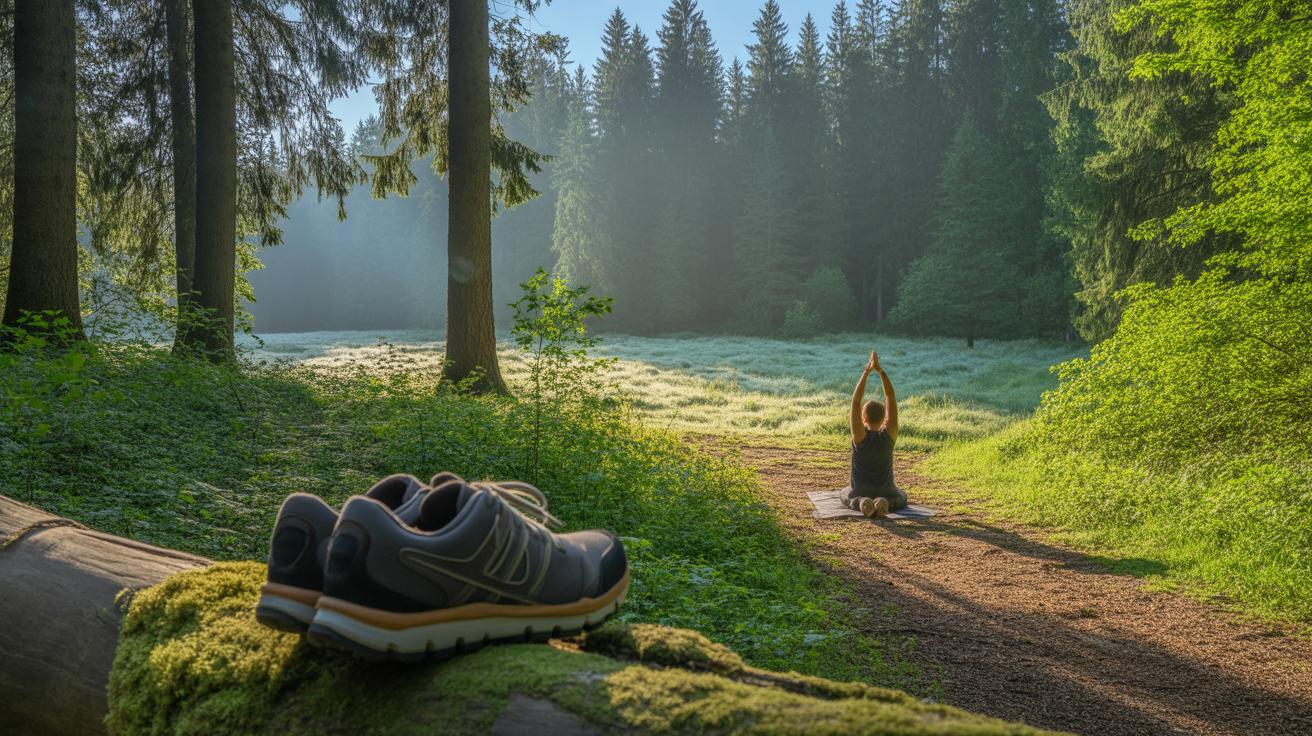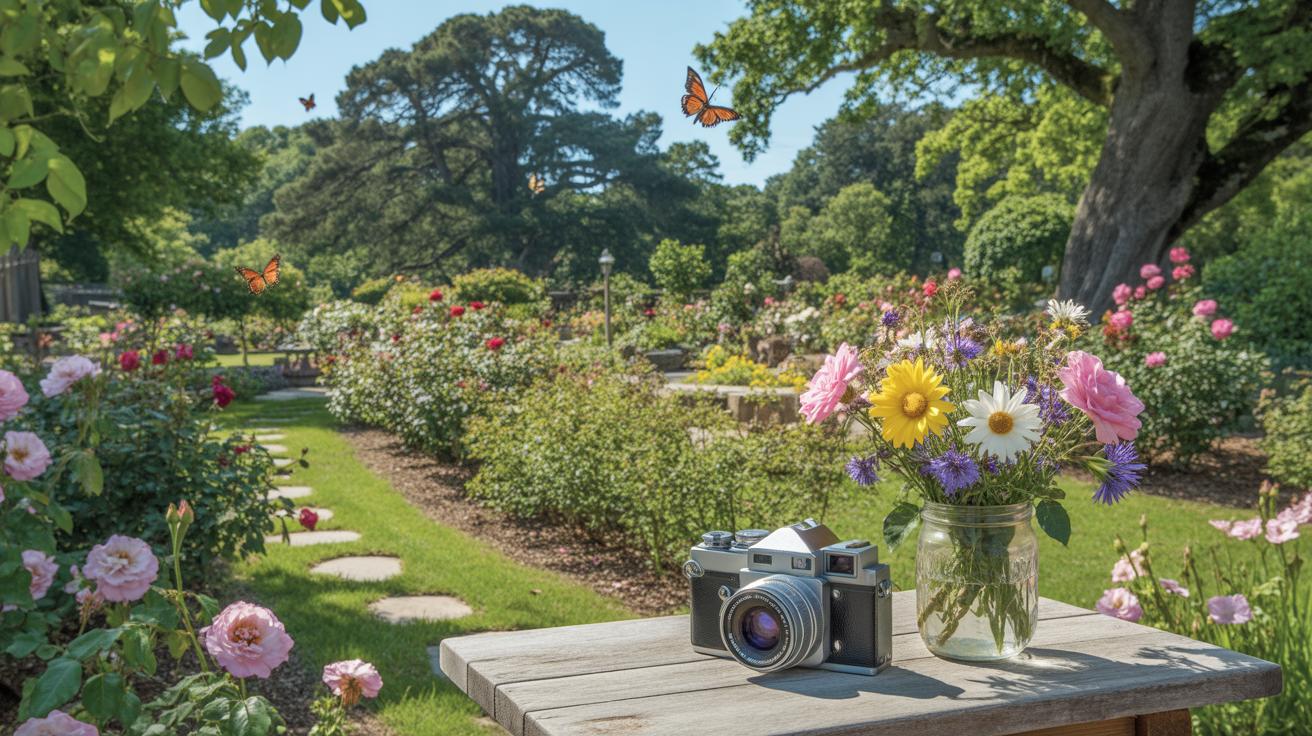Introduction
Walking in nature offers more than just exercise; it builds a connection between you and the natural world. The Mindful Exploration Series Walking In Nature Benefits helps you understand why stepping outside and walking among trees, grass, and fresh air is good for you. This article covers many ways your body and mind improve with regular walks in natural settings.
We will explore how walking in nature supports your heart, muscles, and brain. You will learn about simple actions you can take to boost your physical health, lower stress, and improve your mood. This guide also shares ideas for making your nature walks more mindful and rewarding.
How Walking Helps Your Heart and Body

Heart Health Benefits
When you walk in nature, your heart gets a steady workout that’s gentle but effective. It encourages better circulation, helping your blood flow smoothly through vessels and lowering the strain on your heart. Over time, this can lead to healthier blood pressure levels. I’ve noticed that even short, regular walks can make a difference—my own readings have improved after a few weeks outside.
Walking outside, especially on uneven paths, pushes your system a little more than indoor walking. This seems to help reduce the risk of heart disease, although I wonder how much of that comes from the fresh air or simply moving more. Either way, your heart benefits from a routine that doesn’t feel like a chore but still gets you moving consistently.
Building Strength and Endurance
Beyond the heart, walking shapes your body in subtle ways. Each step tones your leg muscles, from calves to hamstrings, while also engaging your core for balance. It might sound basic, but over time, those muscles get stronger. Some say walking can’t replace weight training, but consistently hitting trails or uneven ground does challenge your bones and joints, helping keep them sturdy.
As for endurance, regular nature walks can boost your stamina gradually. You might feel a bit winded at first, but after several strolls, even uphill parts feel easier. I think this slow build-up makes walking more sustainable than high-intensity workouts that leave you drained. It’s less about pushing limits and more about quietly strengthening your body, almost without noticing.
How Nature Walks Reduce Stress and Improve Mood

Spending time walking in nature tends to calm the mind in a way that’s hard to find elsewhere. When you’re surrounded by trees, fresh air, and open spaces, your body naturally reacts by lowering the levels of cortisol—a key stress hormone. I’ve noticed on some rough days, a simple stroll through a local park noticeably eases tension. It’s like the body’s stress response takes a step back, even if just for a while.
Along with reducing cortisol, walking outdoors also encourages your brain to release chemicals like serotonin and endorphins. These are the so-called “feel-good” chemicals that lift your mood and help you experience more joy and calm. You might not feel the boost instantly, but after 15 or 20 minutes, there’s often a subtle shift—a little more lightness in your thoughts.
- Nature walks help lower cortisol, reducing physical and mental stress.
- Exposure to natural light and movement stimulates serotonin and endorphin production.
- The increased “feel-good” chemicals can improve mood and help alleviate mild anxiety.
It’s interesting, though, that not everyone feels the same level of relief. Sometimes, I’ve walked through the same trail and not felt much different. Could it be your mindset before you start? Maybe the setting has to feel right to really affect those hormones. It makes you wonder how much control we have over these changes. What’s your experience with that?
How Walking in Nature Boosts Your Brain Power
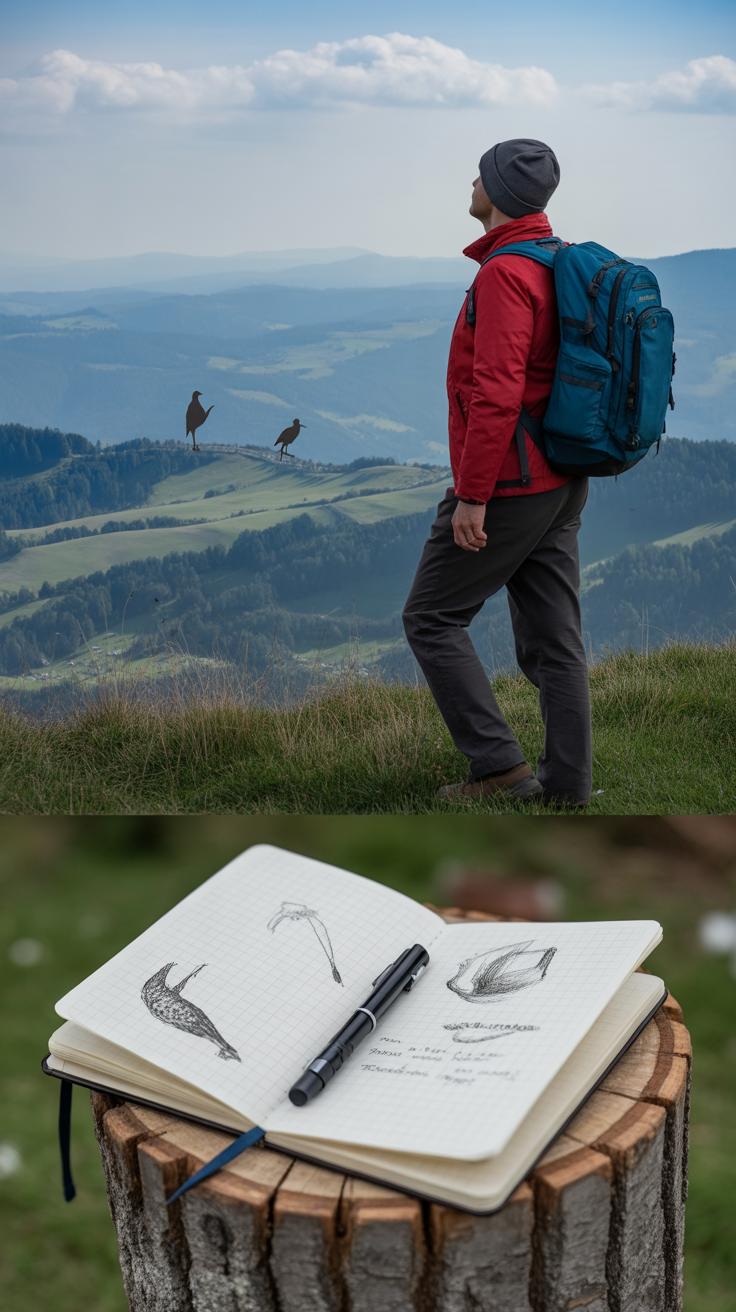
Enhancing Memory and Focus
Spending time walking outdoors can quietly reset your mind in ways sitting at a desk just can’t. When you’re surrounded by trees or open skies, your brain takes a break from the usual distractions. This break actually helps refresh your memory and concentration. You might notice that after a nature walk, recalling details or focusing on tasks feels a bit easier—even if you didn’t intend to think about those things while walking.
Research suggests that natural environments reduce mental fatigue, making it easier to stay attentive afterward. It’s as if the brain’s “reset button” gets pressed during these moments, letting you return to your daily work with a clearer mind. Have you ever felt this shift yourself, perhaps after a weekend hike or just a stroll in the park? It’s subtle but real.
Fostering Creativity
Walking in nature often sparks ideas you didn’t expect. The quiet, the patterns in leaves, or the sound of birds can unsettle rigid thinking. It encourages your brain to wander and explore different connections between things—kind of like a gentle mental nudge toward new perspectives.
Some people report bursts of creativity after time outside, from solving a tricky problem to imagining a project from a fresh angle. Maybe it’s the reduced pressure or simply the change in scenery, but nature seems to loosen up your usual thought patterns. If you’re stuck on something, a walk through a natural spot might provide that subtle push without feeling forced.
Tips to Make Your Nature Walks More Mindful
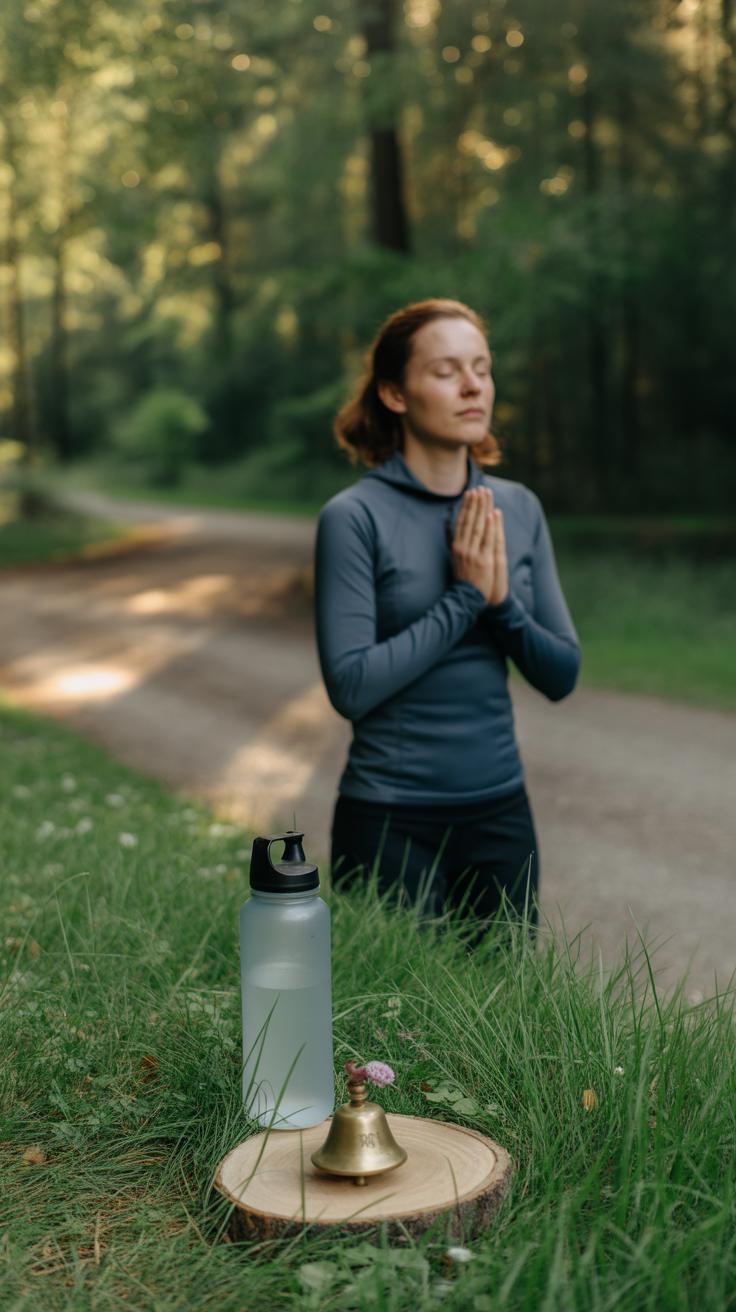
Paying Attention to Your Senses
Try tuning in closely to what your senses pick up while you walk. Notice the colors of the leaves, the way light filters through branches, or the subtle movement of insects nearby. Sounds also invite you to slow down—maybe it’s the rustle of a breeze or birdsong that you wouldn’t usually hear. Smells can be surprisingly vivid, like damp earth after rain or the faint scent of wildflowers. When you focus on these details, you don’t just see the environment; you feel more connected to it. It’s almost like… your brain has permission to settle into the moment, even if your thoughts want to wander. This kind of sensory attention can turn a simple walk into something noticeably richer.
Walking Slowly and Purposefully
Slowing your pace changes everything. Instead of rushing through the trail, you might notice your breath, how your feet touch the ground, or the rhythm of your steps. There’s something calming in letting your body move gently, without hurry. You don’t have to aim for a slow speed all the time—just enough to really feel each part of the journey. Walking with purpose means being aware of your posture and balance, too, which can anchor you in the moment. It’s a little surprising how much more present you feel when you don’t rush. Sometimes, though, you might find your mind straying even while walking slowly—so just come back to the pace again, gently. This mindful movement invites a deeper awareness of both your body and surroundings on the walk.
Choosing the Right Places to Walk Outdoors
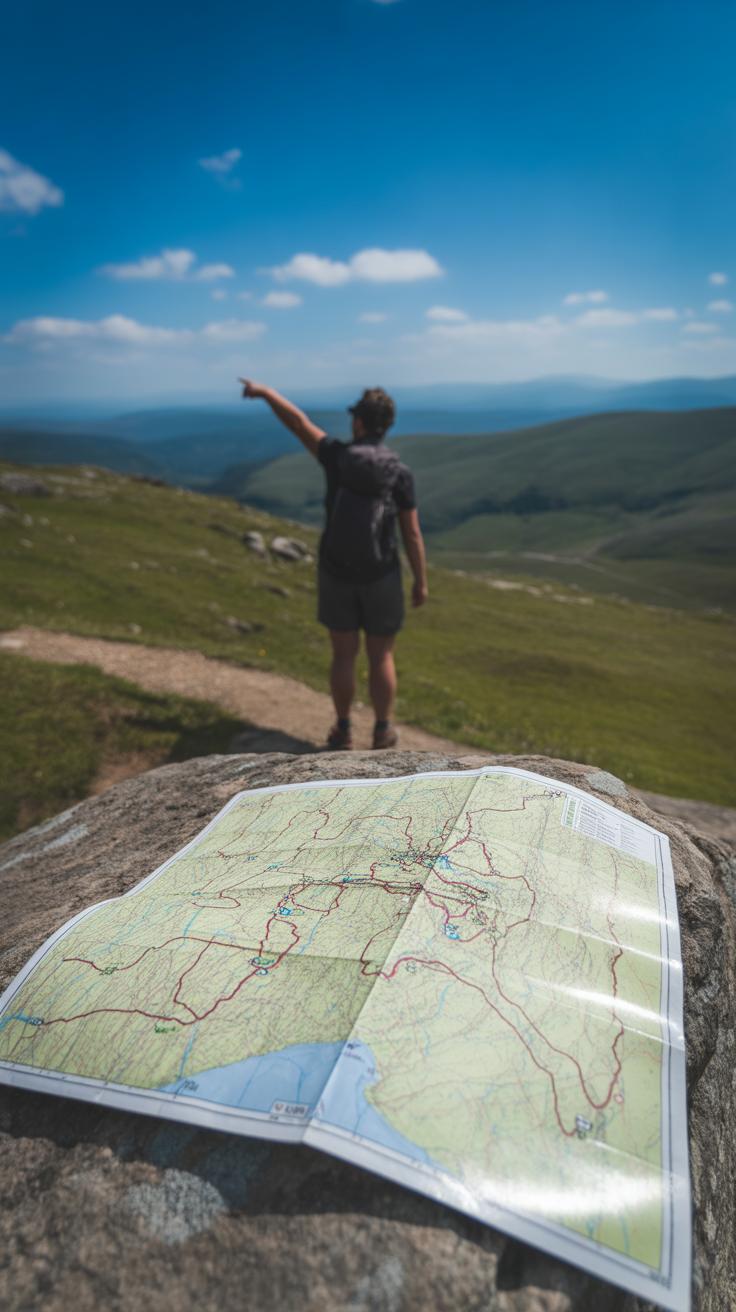
Finding Quiet and Green Spaces
When picking a spot to walk, you might want to think about how quiet and green it is. Some parks or trails are bustling with people and traffic noise, while others offer a genuine chance to get lost in nature’s calm. For instance, community gardens or riverside greenways tend to be peaceful, with plenty of trees and vegetation to provide that natural feel.
If you prefer solitude or a moment away from city sounds, look for lesser-known trails or small nature reserves. These places often have fewer visitors, letting you actually hear birds or the crunch of leaves underfoot. It’s surprising how much difference that makes to your mood, though some people might enjoy a bit of background activity; there’s no one right choice.
Think about what makes you feel most relaxed. Your ideal spot might be a quiet lake shore or a shaded woodland path—pay attention to what draws you in.
Considering Accessibility and Safety
Accessibility is another big factor. Walking in a place that’s easy to reach can encourage you to go more often. Nearby parks with smooth, even paths might work better if you prefer a gentler walk—or if you have mobility concerns. At the same time, those looking for a bit of challenge might seek out varied terrain, but that means checking how safe the trails are.
Safety can mean different things: good lighting, clear trail markers, and a manageable environment all play a role. It’s okay to check online reviews, ask locals, or visit at different times to see how the place feels. Sometimes a spot looks perfect on paper, but feels too isolated or rough in practice. And well, sometimes you might need to adjust your plans if the area feels off. Trusting your instincts here matters, even if it means skipping a place others rave about.
Choosing where to walk is personal, balancing peace, convenience, and a sense of security. What seems right today might change tomorrow—listen to your own preferences as you explore.
How Often and How Long Should You Walk
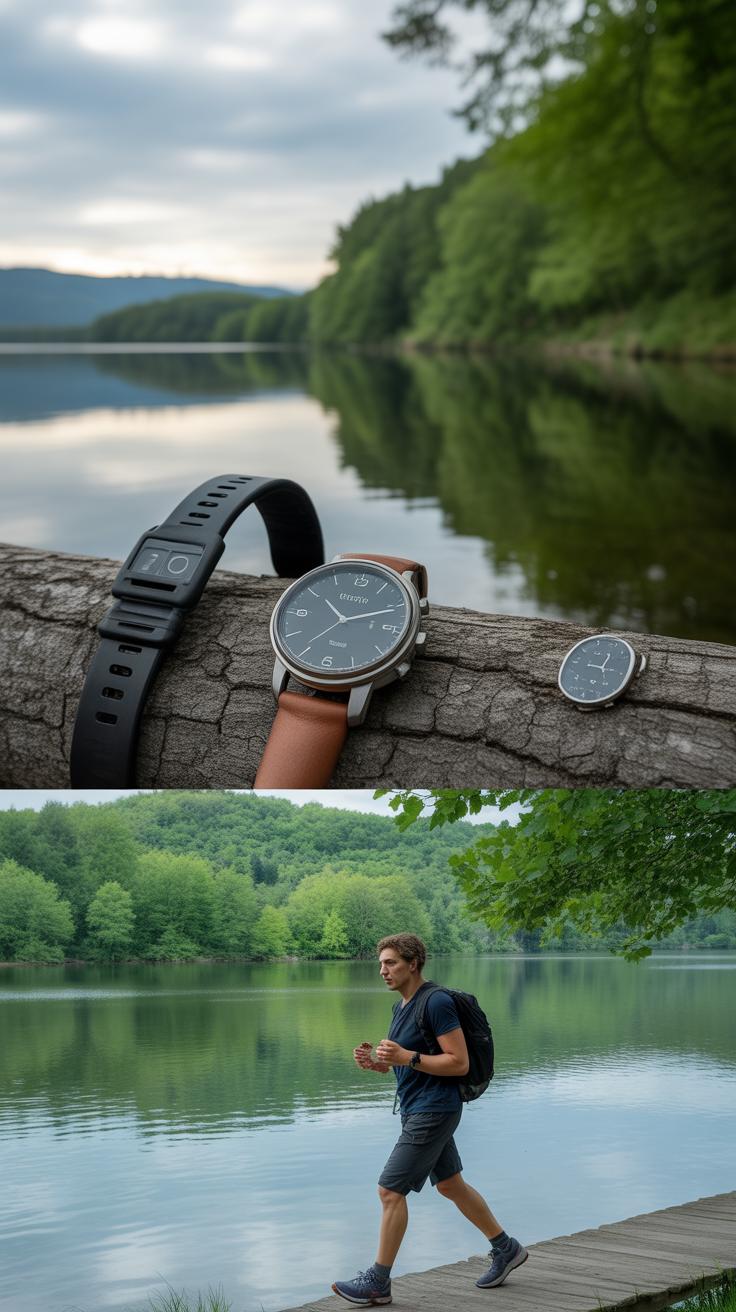
Daily Walks and Their Benefits
Walking in nature daily—even for just 10 to 20 minutes—can make a surprising difference. It might feel small, but these short moments provide steady improvements to your mood and energy levels. You don’t need to set aside hours every day; sometimes, just stepping outside for a quick stroll works wonders.
Daily walks help keep your body active and your mind clearer. You might notice stress easing off after a few days of regular walking, or feel more alert while working. Consistency, more than duration, matters here. I’ve found that even a brief walk can shake off sluggishness or reset a bad mood.
Longer Weekend Walks
Then there are the longer walks on weekends or days off. These can stretch from an hour to several hours, depending on your energy and the trail. These extended hikes allow you to immerse yourself deeper in nature and probably gain benefits you don’t get from short daily outings.
Spending more time outdoors in one go can enhance your endurance, and the change of pace often sparks fresh ideas or a stronger sense of calm. Yet, too long may feel tiresome or overwhelming if your body isn’t used to it. Balancing longer and shorter walks through the week might be the key.
So, how often should you walk? Maybe it’s worth experimenting—try a few short daily walks and see how your mood shifts before planning that longer weekend hike. Your body and mind might just tell you what feels right.
Simple Gear to Enhance Your Walking Experience

Comfortable Shoes and Clothing
Your choice of shoes can make or break a nature walk. They need to match the terrain you expect—sturdy soles for rocky paths, lighter options for smoother trails. Sometimes, I underestimated this and ended up with sore feet, which made me less eager to go again. Breathable fabrics help a lot, especially if you’re out when it’s warm, but don’t overlook layering. Nature’s weather can switch quickly, and having a jacket or moisture-wicking shirt can keep you comfortable without weighing you down. You might think it’s trivial, but wearing the right clothes affects not just comfort but how long and far you want to walk.
Useful Accessories
A few simple extras can change your walk from just okay to genuinely enjoyable. A refillable water bottle is essential—you’ll appreciate having water handy without needing to cut the walk short. Hats protect your face and eyes from the sun, which sometimes I forget until I feel the sting midday. Walking sticks might seem old-fashioned, but they help balance and reduce strain, especially on uneven trails or if you carry a backpack. Other small items, like a light backpack or phone holder, can be handy too. Think about what you actually use, not just what sounds good.
How to Involve Friends and Family in Nature Walks

Getting others to join you on nature walks can feel a bit tricky at times. You might wonder if they’ll enjoy it or get bored halfway through. But making it a group activity often changes everything—suddenly, the walk isn’t just “exercise,” it’s time spent together.
Try turning walks into mini-adventures. Challenge each other to spot certain birds or identify different tree leaves. That little game can spark conversations and laughter, which helps keep everyone interested.
Or set a regular schedule that works for most people. Maybe a Sunday morning walk after breakfast becomes the new family ritual. When you plan walks around shared meals or other fun activities, it doesn’t feel like just another chore.
You can also mix things up by inviting neighbors or coworkers. The more varied the company, the more dynamic the walk feels. Sometimes, people just need a gentle nudge or a specific invitation to feel motivated.
Making Walks Fun for All Ages
Walking with kids or older adults isn’t one-size-fits-all. Kids can get restless quickly, so short loops with opportunities to explore small streams or climb rocks might work better. Bring along a nature scavenger hunt list or binoculars for birdwatching—they love that kind of hands-on stuff.
For older adults, keep the pace slower and look for smooth, accessible trails. It’s nice to pause often, maybe find a bench with a view. Conversations during these breaks can make the walk feel less tiring.
Think about including playful elements that everyone can join, like storytelling or sharing memories inspired by the surroundings. Sometimes, simple things like spotting interesting bugs or plants spark joy in people of all ages.
Building Healthy Habits Together
Walking with others adds an unexpected level of commitment. When you know someone is counting on you to show up, skipping a walk feels harder. Friends and family naturally encourage consistency.
Plus, sharing these walks often makes them more enjoyable. Talking about work stress or weekend plans while strolling doesn’t feel forced—it flows naturally. That connection can make exercise feel less like a task and more like quality time.
And there’s a feedback loop you might not expect: feeling good after a walk encourages planning the next one. Before you know it, this shared routine becomes a habit, blending healthy movement with social bonding. It can be pretty rewarding, actually.
Using Tech Wisely During Nature Walks
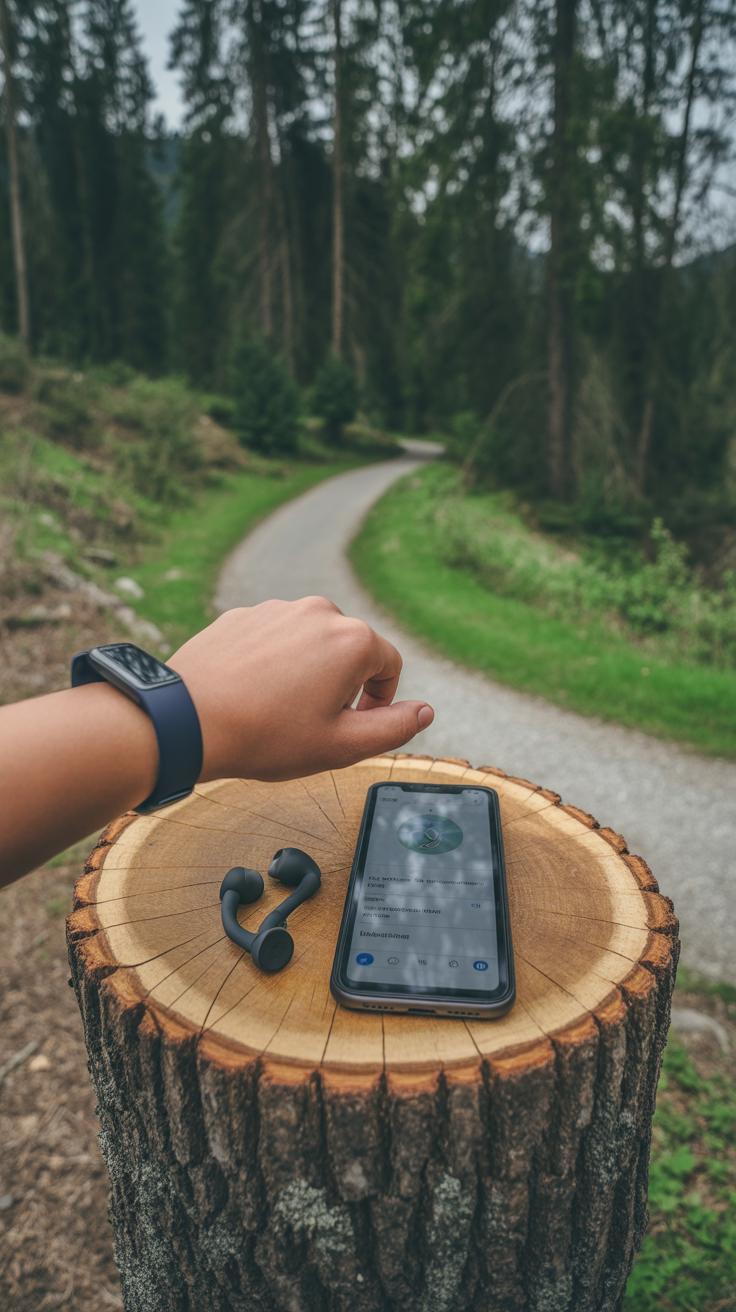
Technology can be a useful companion on nature walks, but it’s easy to let it take over. You might find yourself checking your phone a bit too often or getting distracted by messages when all you wanted was some fresh air and quiet. The trick is balance—using tools without losing that connection to the natural world around you.
Helpful Tools for Navigation
Apps like AllTrails or Gaia GPS can help you find trails and track your route, which is handy if you’re exploring unfamiliar areas. A simple pedometer or a GPS watch might show your distance and pace, which some find motivating. But don’t let those numbers pull you away too much. I once spent so much time checking my stats that I almost missed a beautiful sunset.
Some helpful devices and apps to consider:
- Trail maps that work offline, avoiding the frustration of losing signal.
- Apps with minimal alerts, so you’re not bombarded with notifications.
- GPS watches with quick, glanceable displays rather than constant screen-checking.
Staying Present While Using Devices
It might sound odd, but using technology with your eyes half-closed can help you stay more mindful. Try limiting screen time and turning off unnecessary alerts before you start walking. Maybe check your app every 20 or 30 minutes instead of constantly.
Ask yourself: are you looking at your device to enhance the walk, or just out of habit? That pause can reveal a lot. I think even just committing to silence your phone except for navigation can make a big difference. You’re more likely to notice the rustle of leaves or the warmth of the sun rather than just staring at a screen.
Finding that sweet spot where technology supports you, but doesn’t dominate, lets you enjoy nature fully while staying safely on track.
Tracking Your Progress and Celebrating Achievements

Setting Simple Walking Goals
When setting goals for walking in nature, it’s better to start small. Maybe begin with aiming for 10 or 15 minutes, or a short distance like half a mile. This feels doable and not overwhelming. Then you can gradually increase it, depending on how you feel. Picking something realistic helps you stick with it—there’s no need to rush into long hikes if that’s not your style.
Try to keep the goals flexible too. You might notice some days are tougher than others, or weather might interfere. So, setting a goal like “walk three times a week for 20 minutes” might suit different schedules better than “walk every day for an hour.”
Recognizing Your Improvements
Tracking progress isn’t just about numbers. Notice how your body feels afterward or if your mood lifts. That counts. Maybe you covered an extra block or stayed on your walking path a bit longer without feeling wiped out. Those small wins deserve recognition.
Celebrate by rewarding yourself in ways that support your habit—like treating yourself to a new playlist, a favorite snack, or some downtime reading outdoors. Even jotting down achievements in a journal can boost motivation. Don’t overlook how much pride you can feel simply by looking back and realizing, “Yeah, I’ve gotten better at this.”
Conclusions
Walking in nature gives you simple ways to stay healthy both physically and mentally. The fresh air and peaceful surroundings help your body get stronger and your mind calm down. You can make your walks even better by paying attention to the sights, sounds, and smells around you.
Try to add nature walks to your weekly routine. Notice how your heart, muscles, and mood improve over time. Walking outside is an easy choice you can make each day to support your health and happiness.


